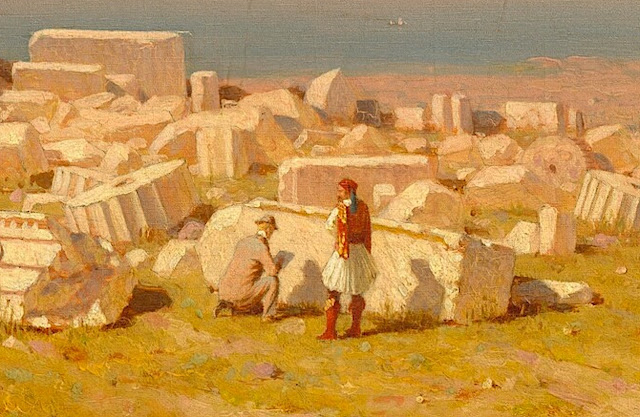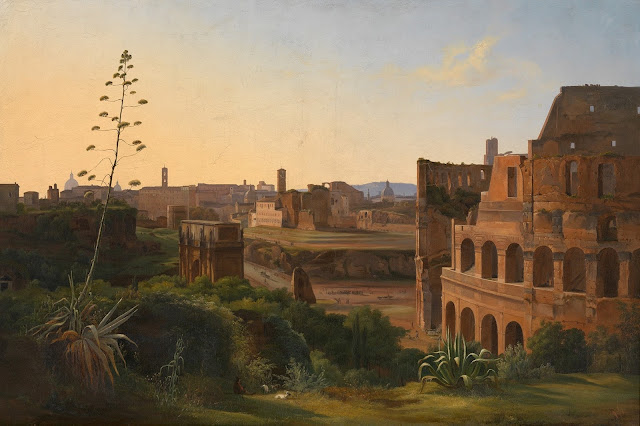Ferdinand Knab
(1837 – 1902)
Wikipedia only in German:
Ferdinand Knab war ein deutscher Maler. Knab war anfangs Schüler Heideloffs in Nürnberg, bei dem er zwei Jahre lang praktisch im Bauwesen beschäftigt ward, und ging 1859 nach München, um sich der Architekturmalerei zu widmen. Er besuchte die Schulen Arthur von Rambergs und Pilotys und ging 1868 nach Italien. Seit seiner Rückkehr behandelte er mit Vorliebe Motive aus diesem Land und war dazwischen vielfach mit Arbeiten für den Wintergarten des Königs Ludwig II. in der Münchner Residenz und für das Schloss Linderhof beschäftigt. Ferner schuf Knab acht Bilder für den königlichen Pavillon des Münchner Bahnhofs. 1870 wurde er mit dem Bühnenbild für Mozarts „Zauberflöte“ an der Hofoper beauftragt.
https://de.wikipedia.org/wiki/Ferdinand_Knab
Translation:
Ferdinand Knab was a German painter. Knab was initially a student of Heideloff in Nuremberg, with whom he was practically employed in construction for two years, and went to Munich in 1859 to devote himself to architectural painting. He attended the Arthur von Rambergs and Pilotys schools and went to Italy in 1868. Since his return he had a preference for motifs from this country and in between was often busy with work for the winter garden of King Ludwig II in the Munich Residence and for the Linderhof Palace. Knab also created eight pictures for the royal pavilion at the Munich train station. In 1870 he was commissioned with the stage design for Mozart's "Magic Flute" at the Court Opera.
Circa 1900
Oil on canvas
72 x 58
Private collection
https://www.dorotheum.com/en/l/7201681/





%20%E2%80%93%20Art%20Gallery%20of%20South%20Australia%20857P16.%20Capriccio%20with%20Ruins%20of%20the%20Roman%20Forum%20(c.%201634).png)
.jpg)
%20NG824.%20Ubbergen%20Castle%20(c.%201655).png)




@Weimar_Schlossmuseum.JPG)





.png)







.png)



%201690%20-%201706.png)


_-_F42.jpg)